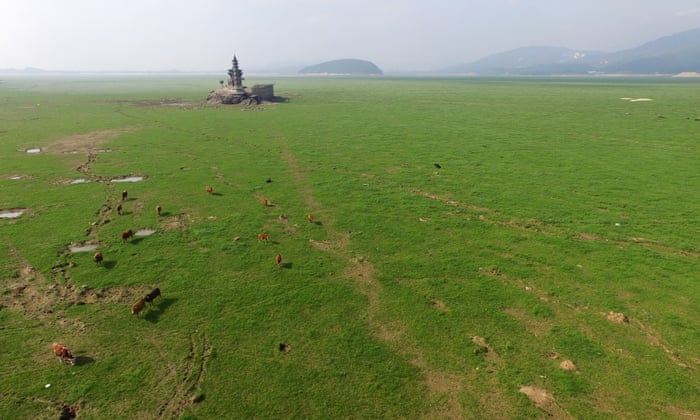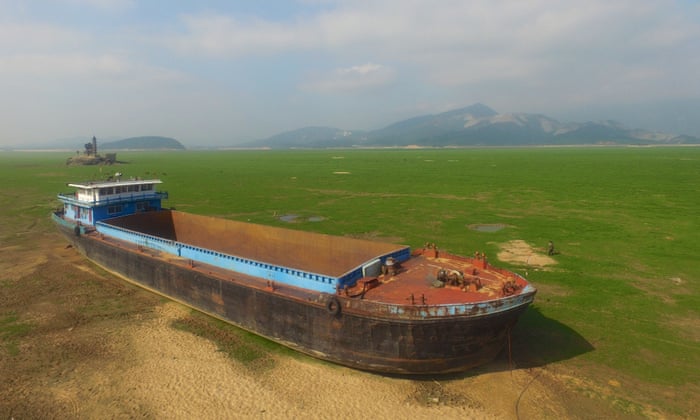The World's a Sandbox
"We're losing eight acres a year of pristine shore, some of the most beautiful in the world. It's because of sand mining."
"This is a pristine beach that is slowly being taken away by this sand mine.""I think it should have been shut down a long time ago. They are raping the coastline for this sand, a public resource that they don’t pay a cent for.""The natural state of the shoreline now, if there was no sand mining, would be growing. We find that sand mining is really the sole source of the loss of coarse sand."
Ed Thornton, 77, coastal engineer, former academic, California
 |
Extraction of natural resources is big business all over the globe. Do most of us ever think twice about sand, that sand is one of those natural mineral resources that is mined and that the sand that we automatically link with beaches, summer sun, swimming and leisure, is an integral part of so much of what we take for granted in our daily lives? Sand, a fundamental resource in construction, in glass-making, in so many everyday products in constant use that we would never connect with sand, a constituent of porcelain as well as glass-making. A form of sand called hydrated silica is even used in toothpaste.
Silicone is a synthetic compound derived from sand; it appears in shampoo, in laundry detergent, is used as reinforcement for the soles of boots. Even our computer screens and the chips running them, the fibre-optic cables, all are made from sand, including the paper we use in our offices. Sand is so vital to the manufacture of so many ordinary items of daily use, little wonder it is mined so assiduously, an ingredient in all manner of construction, formed by the timeless erosion of rock formations, washed by rain into rivers making their way to the sea. The process only takes 200 million years.
The dredging of sand off the California coast in so many areas has the effect of altering the coastline substantially; little wonder that protestors like Dr. Thornton are upset with the dredge operations; in his instance a global construction company with its base in Mexico; their machinery dredging up some 2,700,000 cubic meters of sand every year from the tide-filled lagoon near Marina, California. It's a form of public theft, costing the company, Cemex, nothing, but robbing the people of California of a scenic and beautiful beach.
 |
Demonstrators protest against sand mining operations in Marina, California, in January 2017.
Photograph: Adara Shilling
|
What is happening in California occurs elsewhere, all over the world. In Jamaica thieves stole 1,300 feet of white sand from one of the island's beaches in 2008. The sale of sand is big business, since the product is in high demand everywhere, so much so that sand is being looted in Morocco, Algeria, Russia and countless other places worldwide. At lest two dozen Indonesian islands have been completely obliterated since 2005, the sand hauled off boatload by boatload, most of it destined for Singapore which artificially adds to its territory by dumping the sand to reclaim land from the sea.
And nor is Singapore alone in this enterprise; Japan has been extending its Honshu coastline by the very same method for decades. To satisfy Singapore's voracious appetite for sand, its neighbours have seen their beaches and riverbeds denuded -- leaving Indonesia, Malaysia, Vietnam and Cambodia to restrict or ban exports of sand to Singapore; their loss is Singapore's gain. Construction in London and southern England uses aggregate dredged from under the U.K.'s offshore waters. Japan pulls up around 40 million cubic meters each year from the ocean floor.
Researchers with the World Wildlife Fund feel sand mining on the Mekong River is responsible for the 14,000-square-mile Mekong Delta where 20 million people are dependent on the area for growing food and rice, is gradually disappearing. Sediment carried down from Central Asia mountains has replenished the delta for centuries but of late in each of the countries along its course, miners pull huge quantities of sand from the riverbed for the construction of growing cities in Southeast Asia.
 |
Cattle graze on the dried up bed of Poyang Lake.
Photograph: Xinhua/Barcroft Images
|
Governments worldwide have attempted to regulate and restrict sand mining, their efforts reflecting various levels of commitment, but resulting in a boom in sand black-marketing. In Israel one of its most notorious gangsters got his start by stealing sand from public beaches. Illegal sand miners in Kenya are reported to coax children into dropping out of school to work for them. The black market industry in sand generates violence, where people have been shot, stabbed, beaten, tortured and imprisoned linked to sand mining. Some have lost their lives for their attempts to put a halt to the environmental damage, others in conflicts resulting over land control.
"Sand mafias" proliferate in India, where the illicit sand trade is estimated to be worth $2.3 billion annually and where hundreds of people have lost their lives, among them government officials, police officers, and ordinary citizens who simply were in the wrong place at the right time. It is an intractable situation; as populations increase and cities grow, homes are built, buildings to house offices, factories to produce goods, shopping malls for public consumption of goods, and roadways connecting them all are constructed.
And all of these infrastructures of a civil society in economic development require sand.
 |
A boat is stranded on the Poyang Lake in east China, site of one of the world’s biggest sand mines.
Photograph: Xinhua/Barcroft Images
|
Labels: Construction, Environment, Extraction Resources, Mining, Nature

0 Comments:
Post a Comment
<< Home